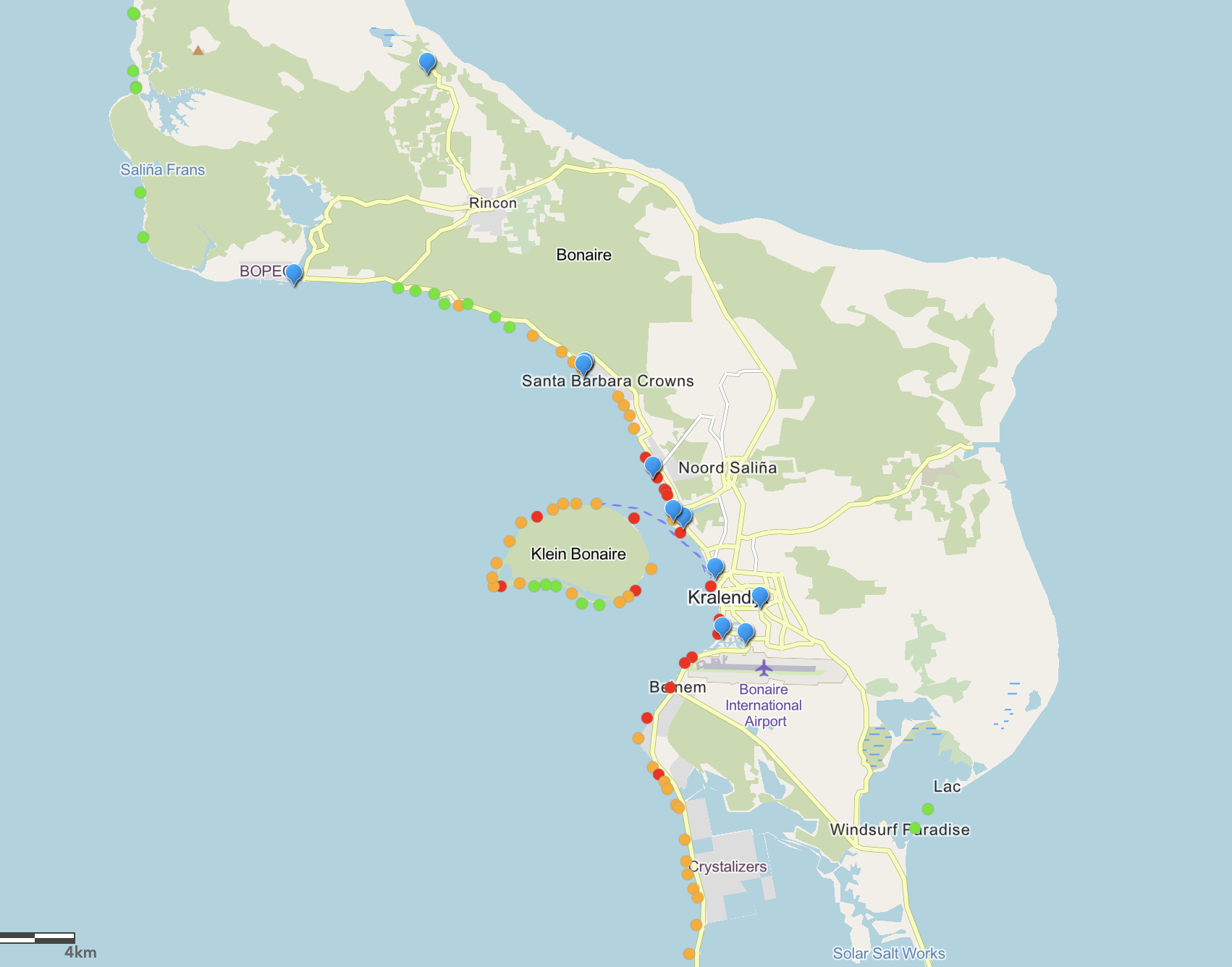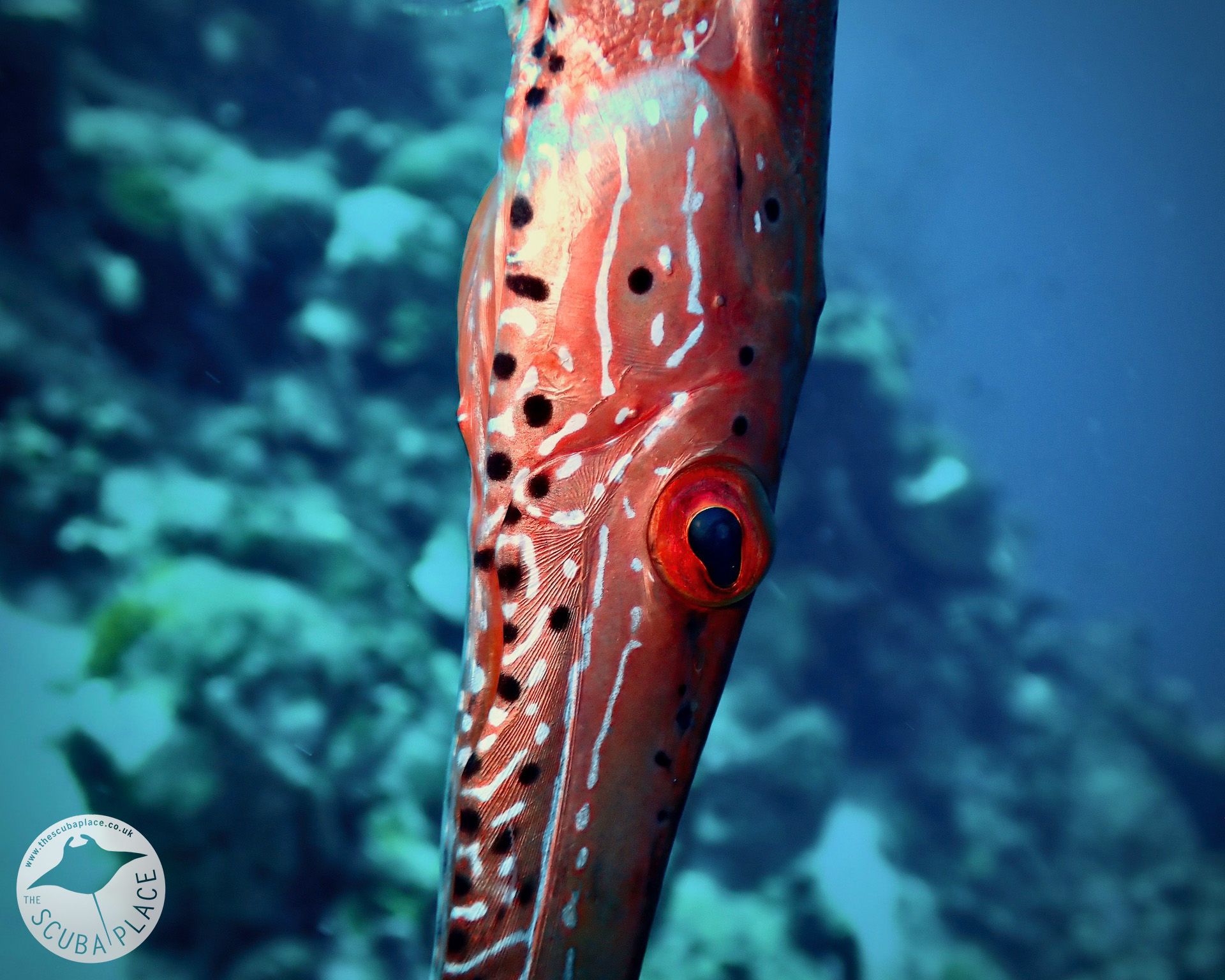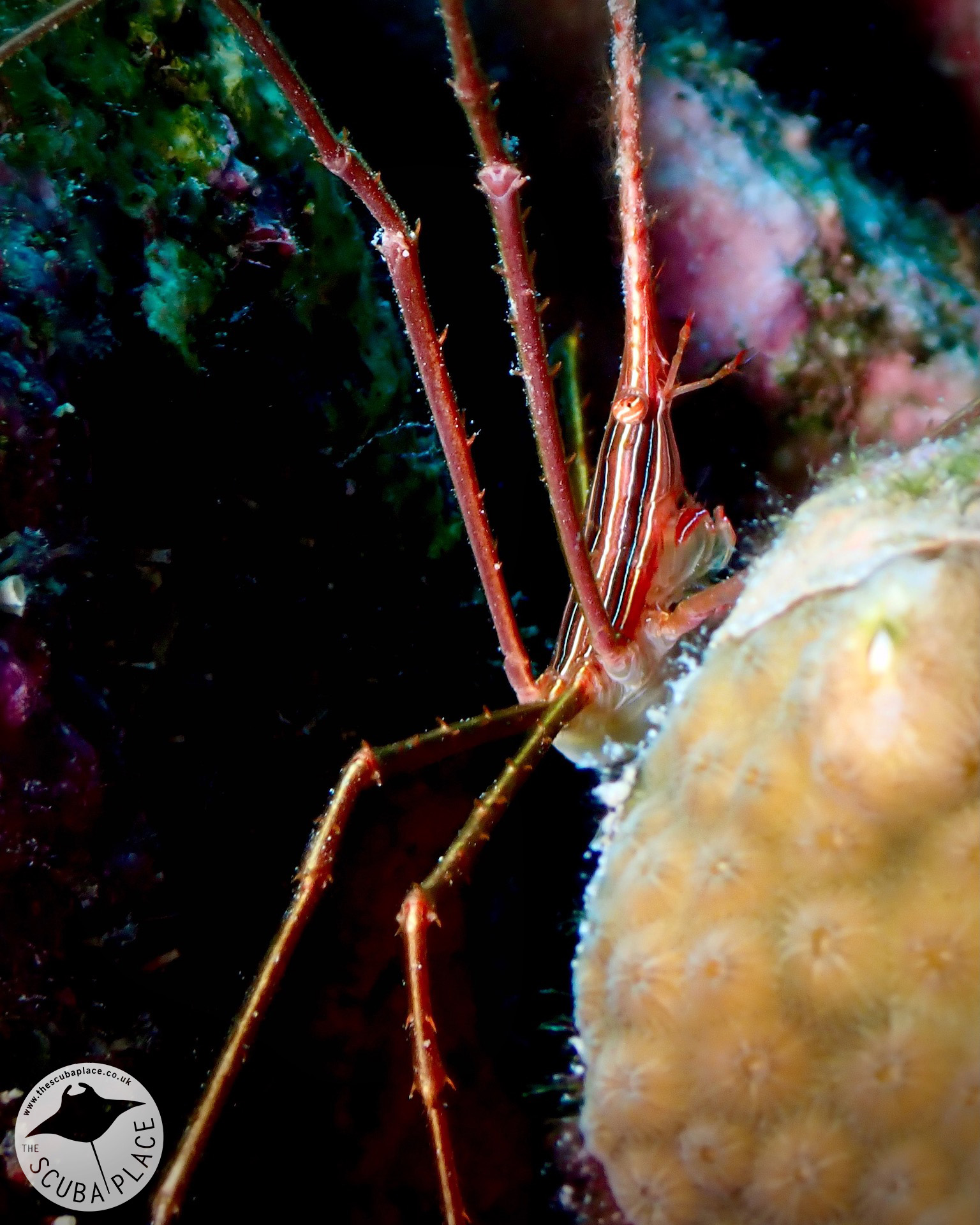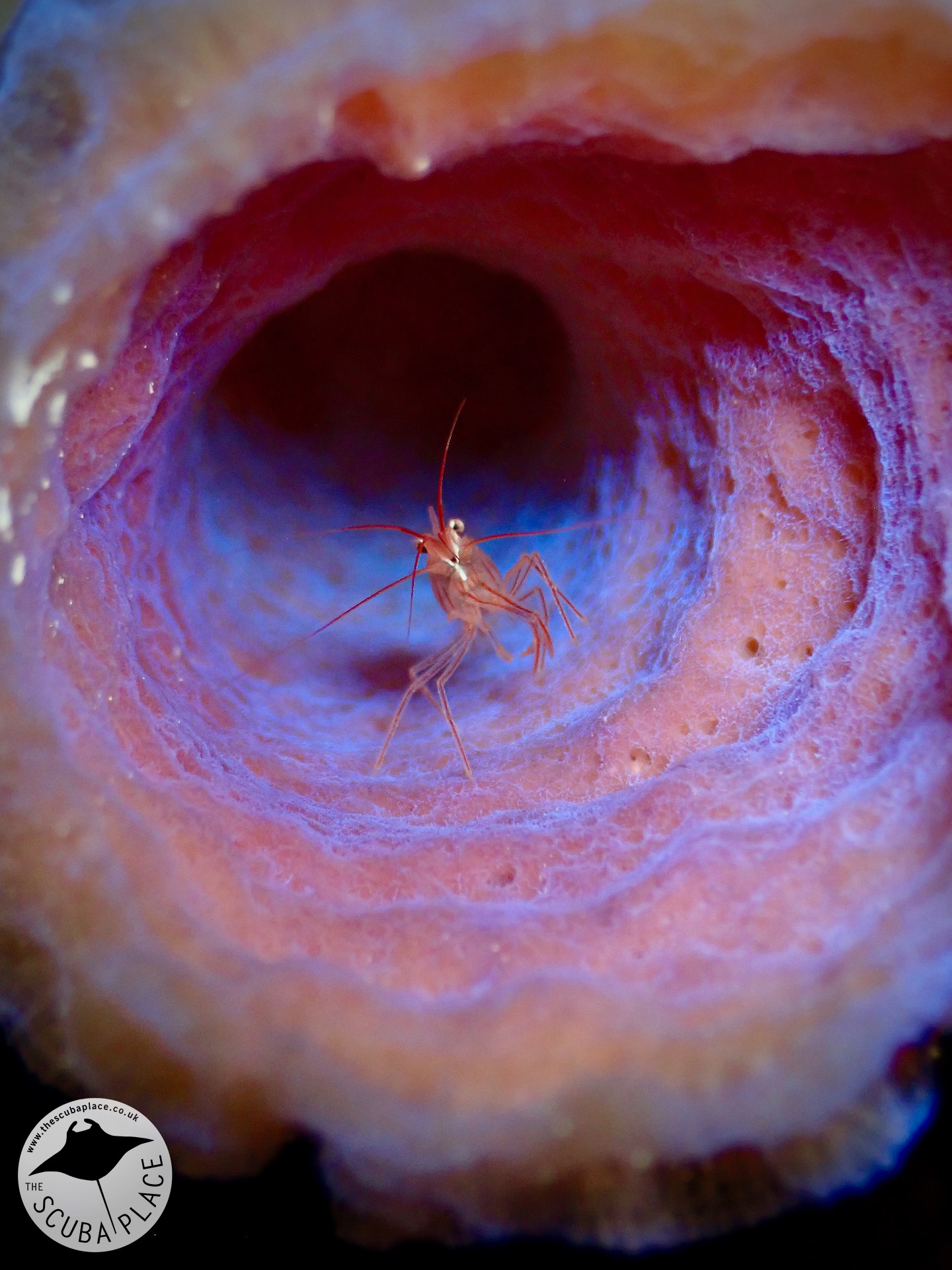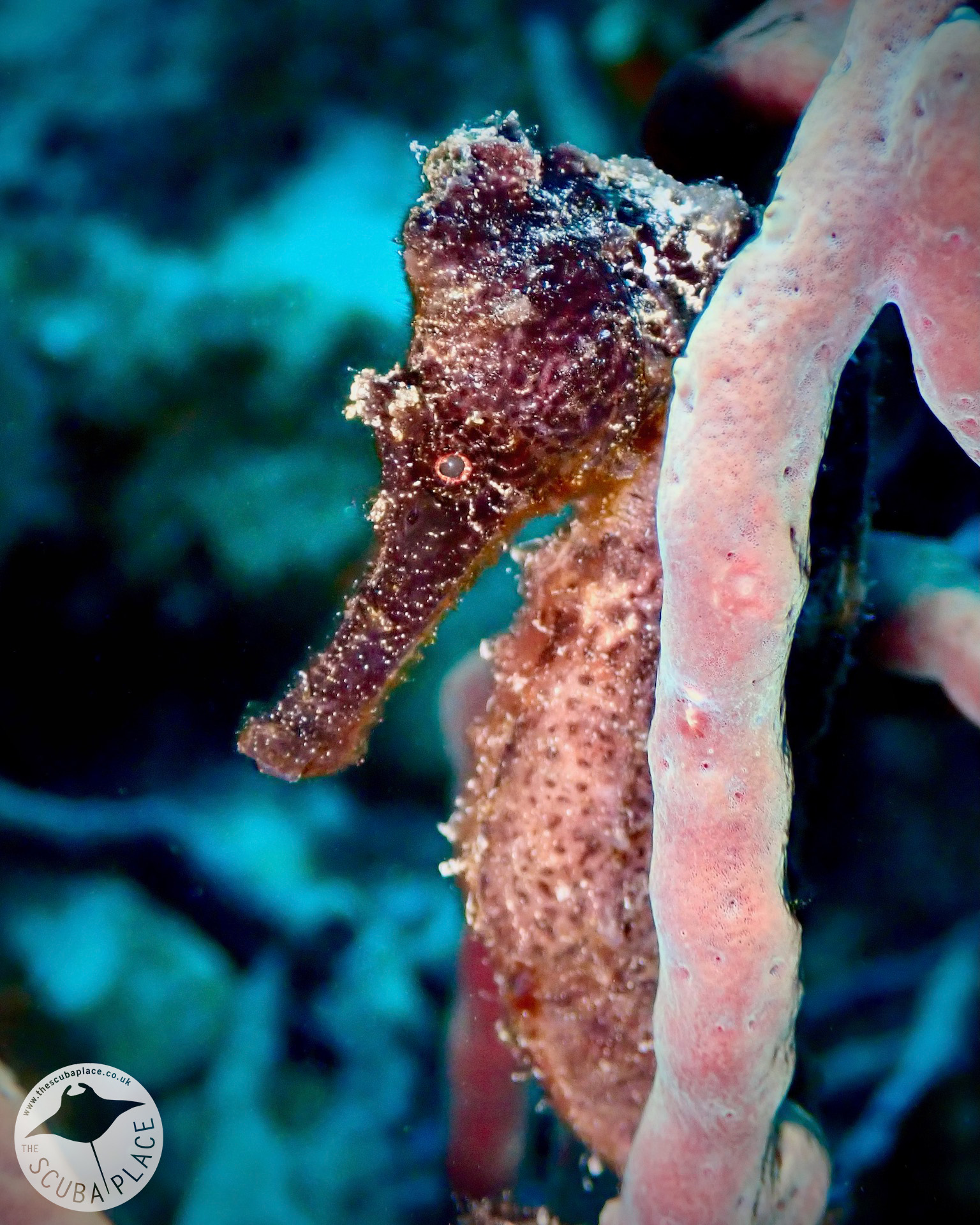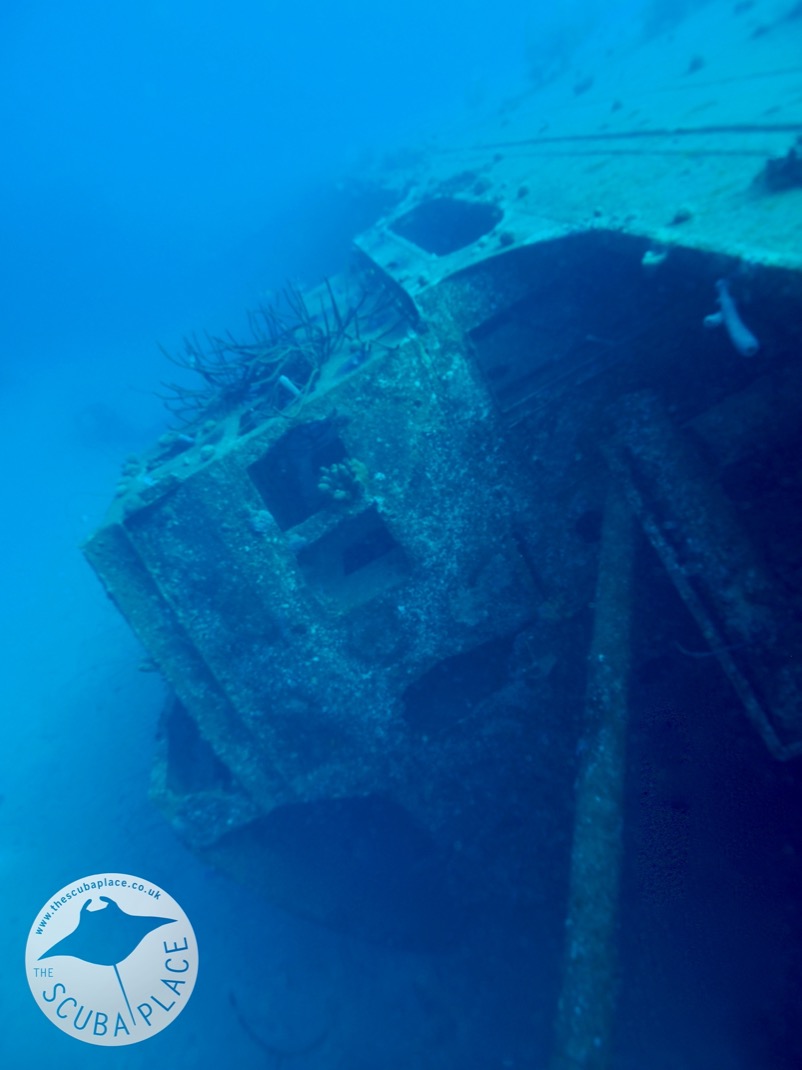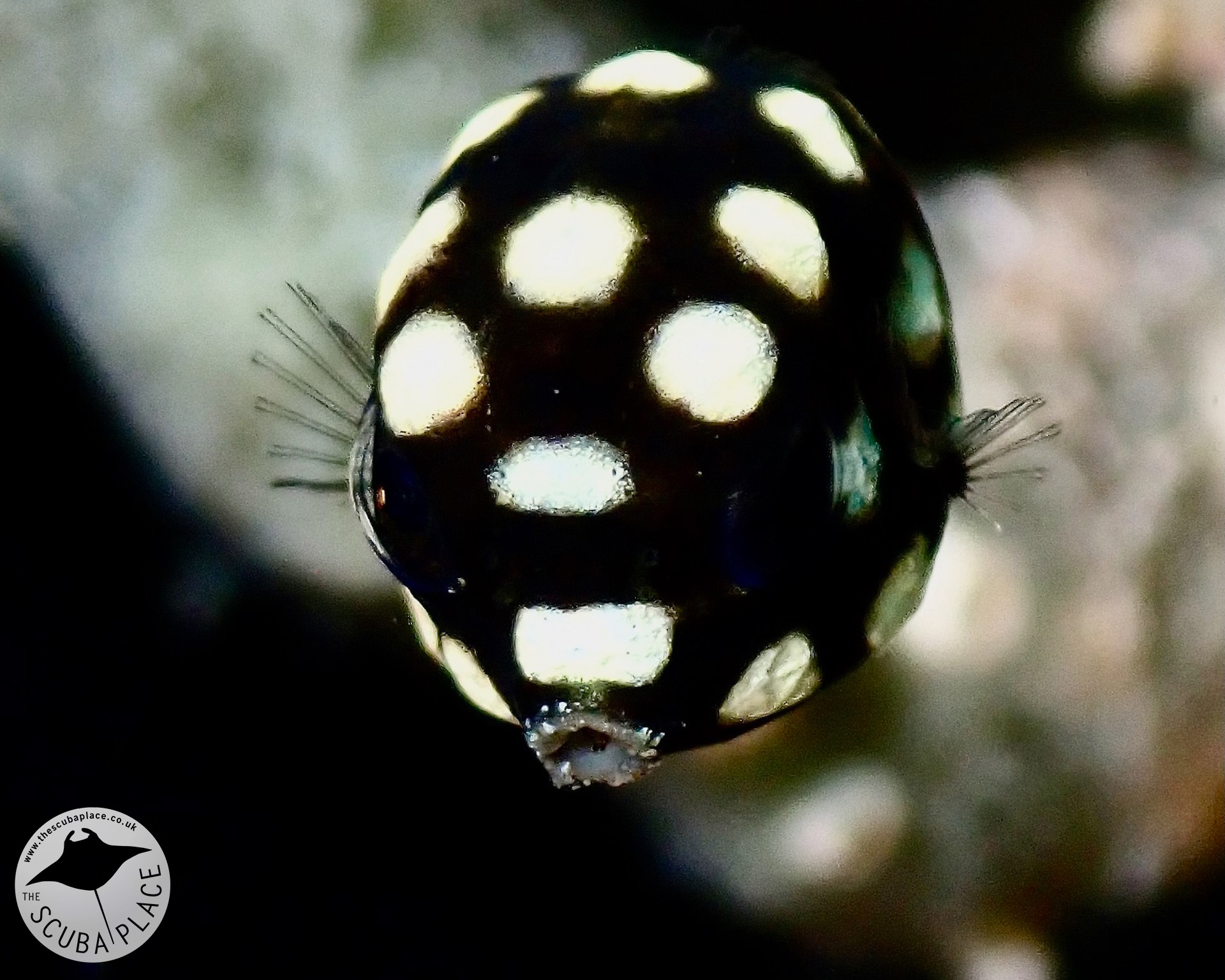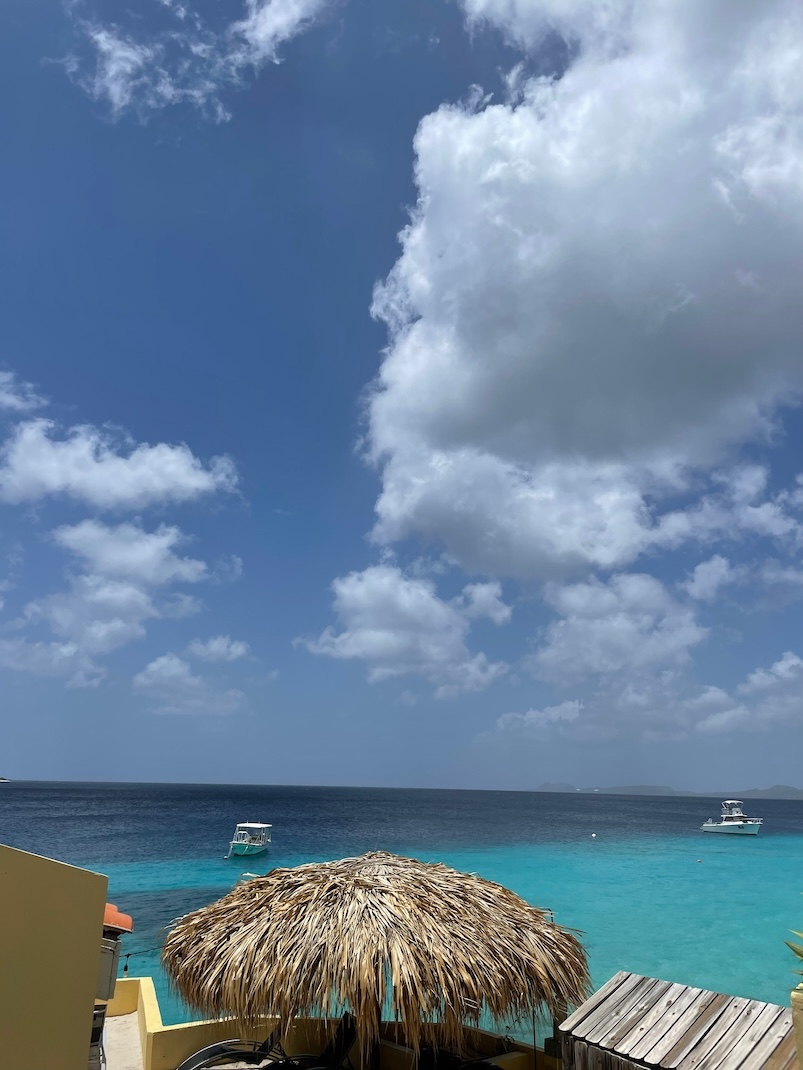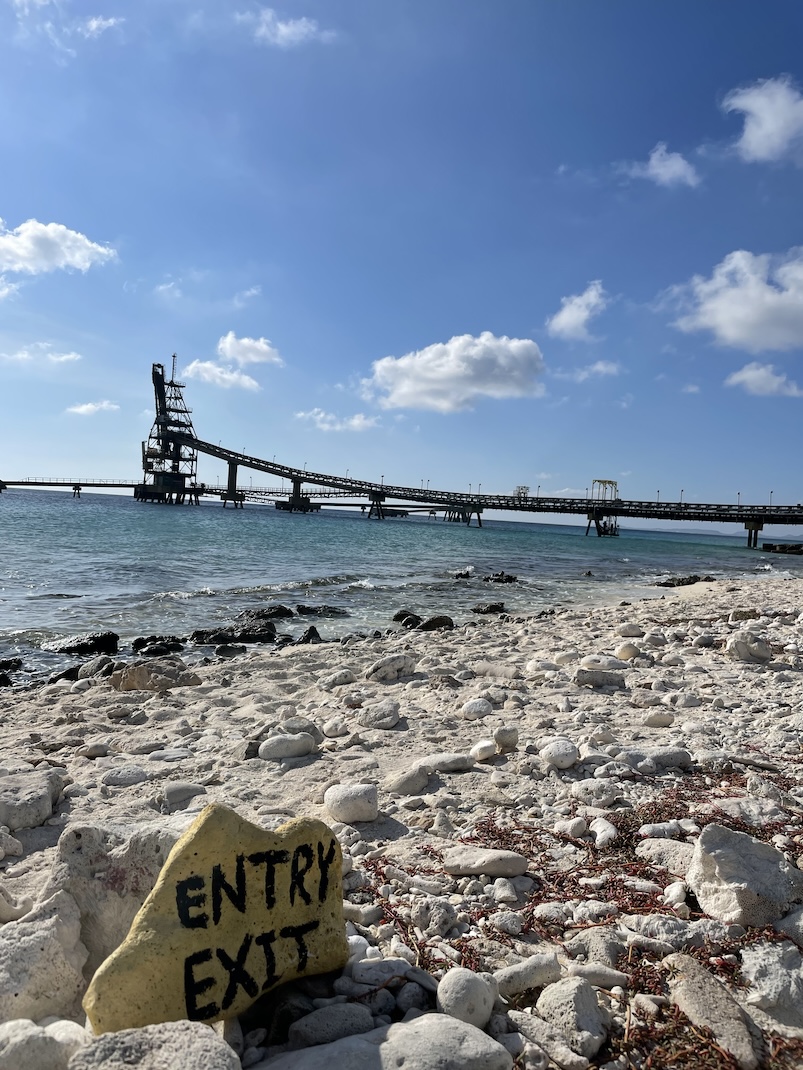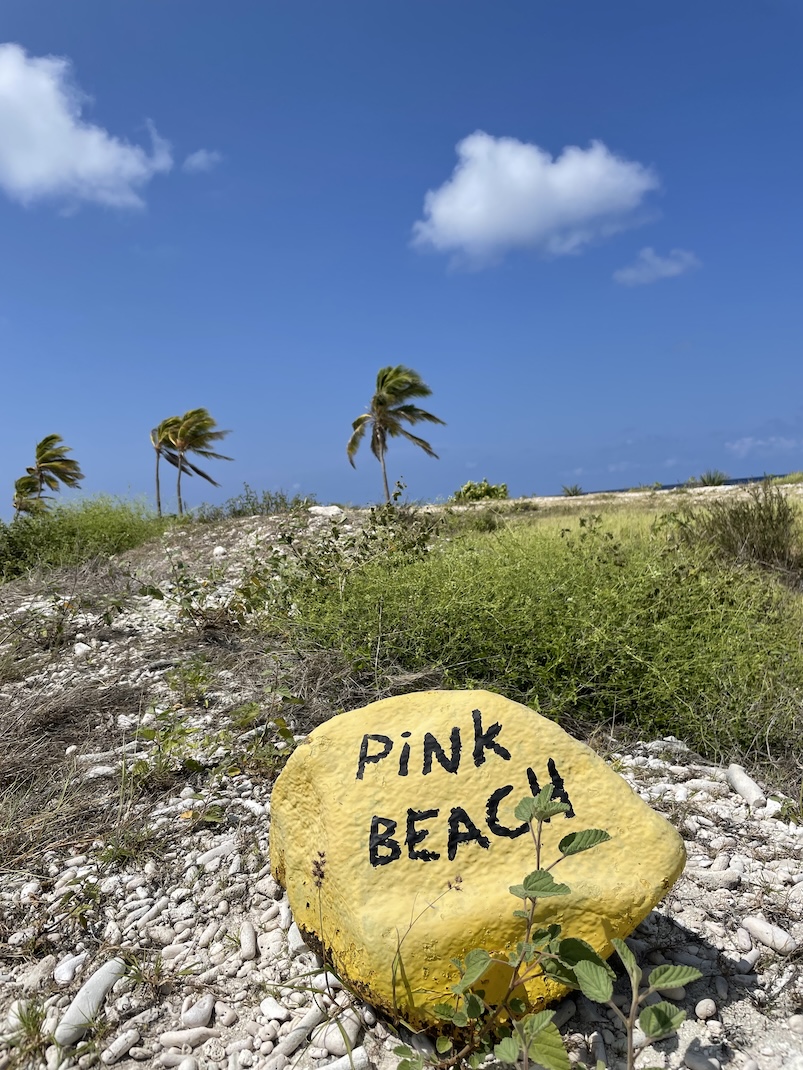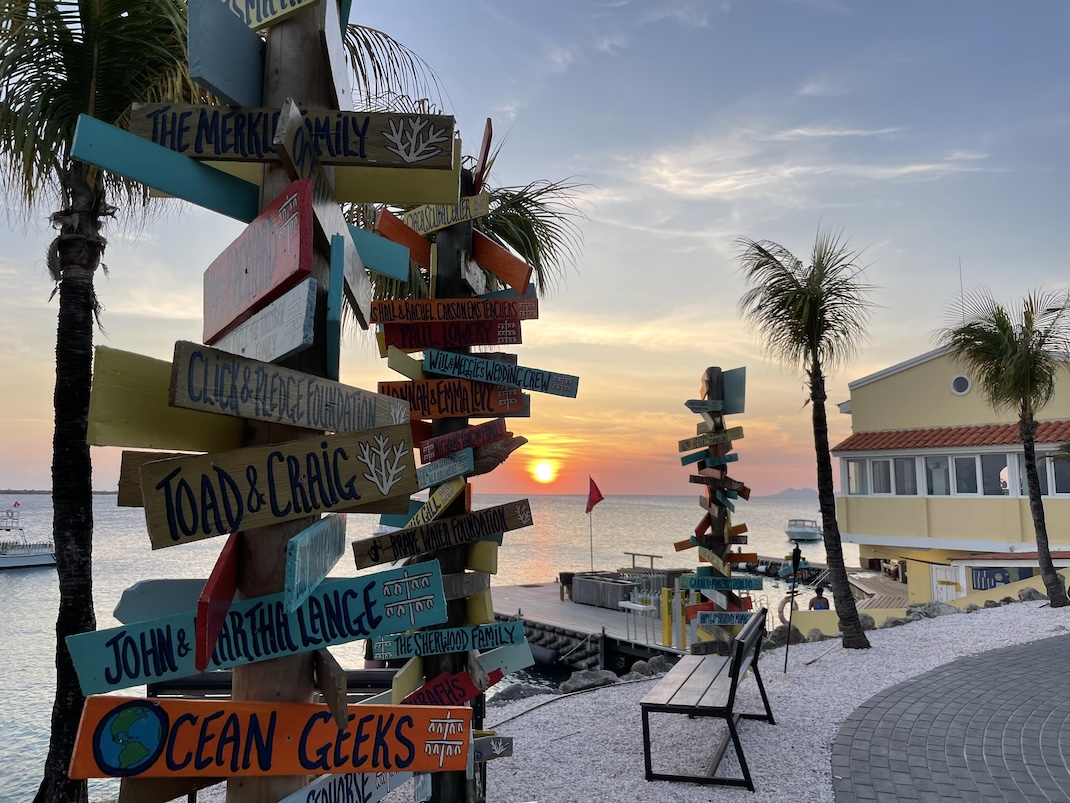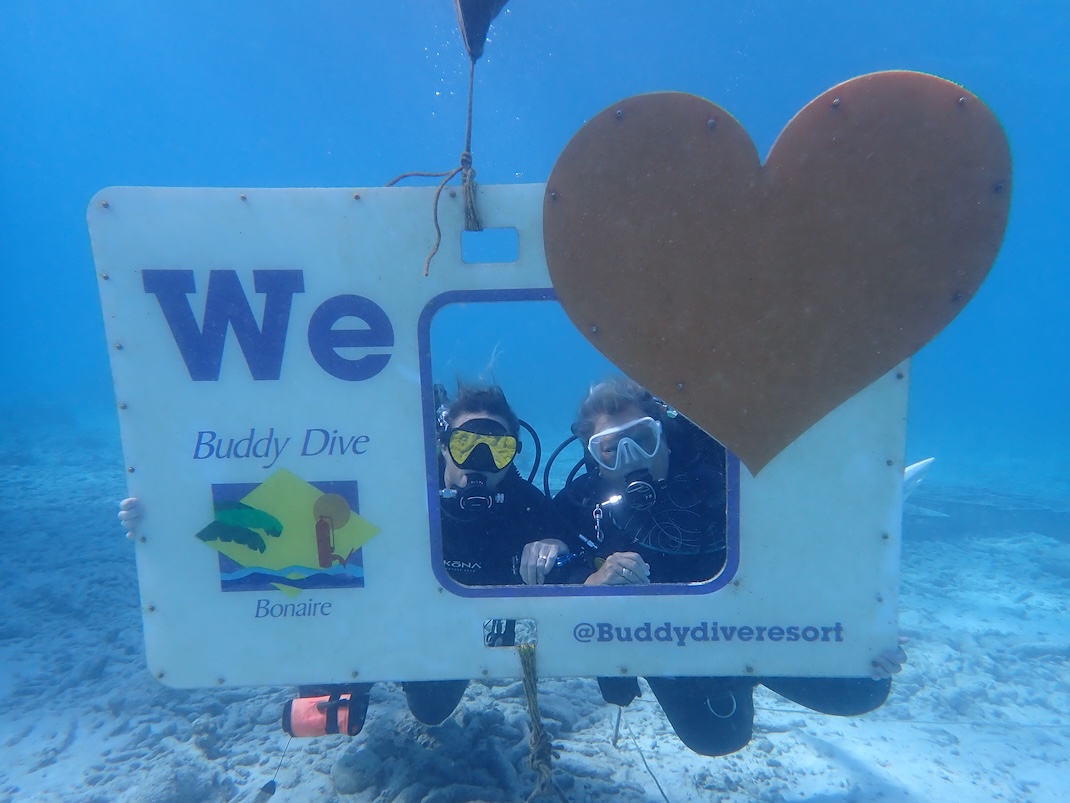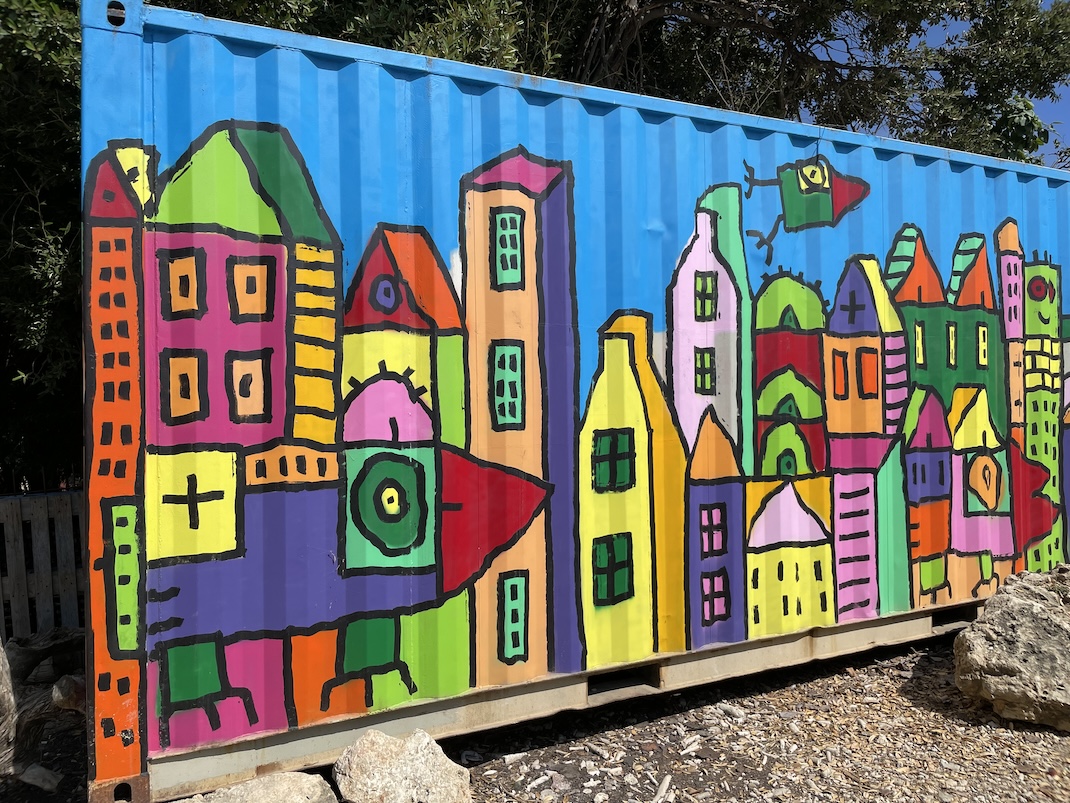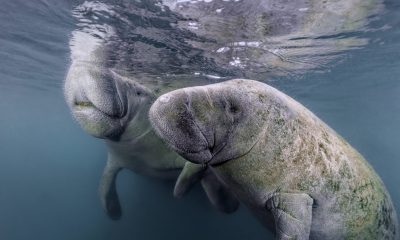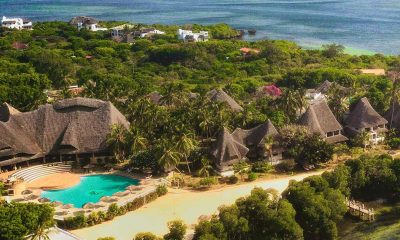Blogs
Bonaire Revisited
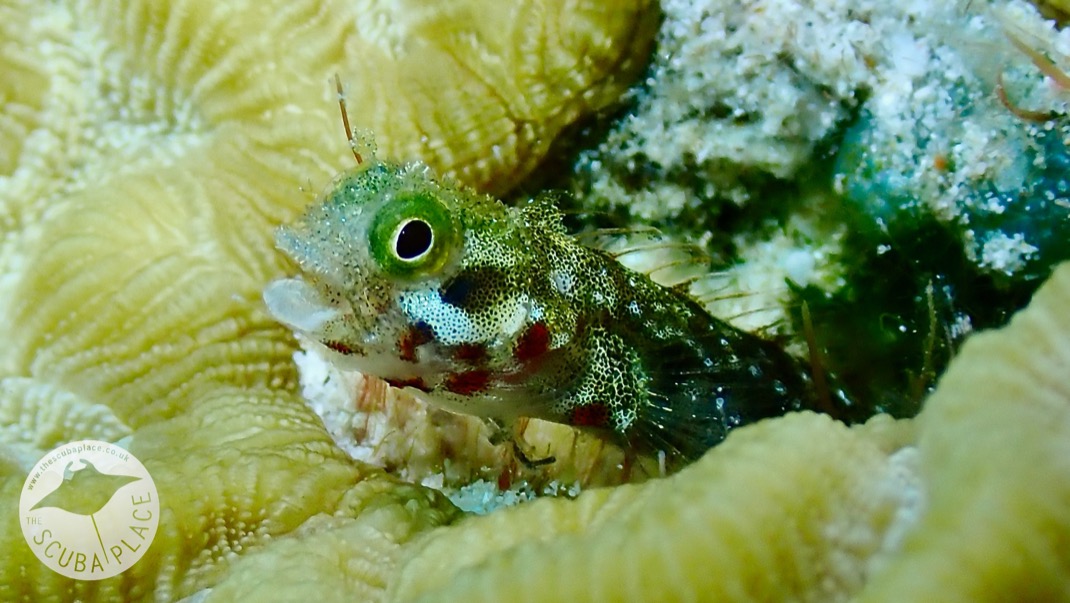
The Scuba Place team hosted a group of 16 divers for a return visit to Bonaire in August 2023. They first visited Bonaire in 2021 during a break from the COVID lockdown. They had a great time then (read the first trip report here) and wanted to experience the Shore Diving Capital of the World once again.
Our group met for an early morning flight from London Heathrow to Amsterdam with KLM. It was a short 90-minute flight and a two-hour layover in Amsterdam gave us enough time to do a little shopping for those few items we forgot to pack and a stop at duty-free. The second leg of the flight was 10 hours with a short stop in Aruba before continuing on to Bonaire. We arrived just after 7:00pm and were efficiently and quickly transported to the resort by the Buddy Dive team.
We chose to stay at Buddy Dive again after a great experience last time. We split our group into two three-bedroom apartments and one two-bedroom. The resort is just the right size… every apartment is close to everything… reception, the restaurants, the drive-thru tank station and the dive centre. We got our keys, checked out the digs and then met at Blennie’s for a bite to eat before calling it a night.
In the morning, we headed down to the breakfast buffet at Ingredients. Every morning we had our choice of sweet and savoury breads and pastries, meat and cheeses, cereal, yoghurt, fresh fruit, eggs, pancakes, sausages and bacon and made-to-order omelettes. The doughnuts were a personal favourite!
We stopped into the dive centre to grab our tank cards and locker keys. An orientation and tour by the dive staff for our group had been prearranged and we were shown how to check the pressure and analyse the NITROX tanks. The drive-thru tank station has tanks at the ready, rinse tanks and lockers for dive kit.
The team at Buddy’s shared with us that Bonaire’s reefs are experiencing coral disease and the national parks foundation STINAPA is working hard to educate and conserve. While the disease hasn’t been officially identified, it is affecting six out of the eight coral species vulnerable to Stony Coral Tissue Loss Disease. Protocols had been put in place in an attempt to help stop the spread including a Red Amber Green system for dive sites and decontamination tanks for dive gear. Divers were asked to rinse gear in specified decontamination rinse tanks before entering the water. When we planned our shore dives, we were careful to make sure we went from Green to Amber or Red and not the other way around and rinsed our gear again at the end of the day. Buddy’s had special rinse tanks at both the drive-thru and down by the dive centre. If you’re interested in more information, check out the interactive map of Bonaire dive sites here.
We learned a lot when visited Bonaire in 2021 so we were prepared with our shopping lists and made quick work of our favourite grocery store Van den Tweel. We grabbed all the bits for our surface interval lunches along with drinks and snacks. Soft sided cool bags worked perfectly for lunches.
When it came to the diving, we relied on our past experience and our dog-eared guidebook and enjoyed sites from north to south and everywhere in between! We saw all the favourite suspects – turtles, frogfish, seahorses, trumpet fish and puffers, filefish, and trunk fish. Salt Pier – a top site – delivered a school of more than 30 Caribbean reef squid! We spent ages with them – such a special experience.
Shore diving allowed us to visit the sites we wanted, when we wanted, for as long as we wanted. Some sites were more challenging than others when it came to entry and exit with the rocky shore and surge, but we had some tricks to help… collapsing walking sticks were a great help for John who was just 8 weeks post hip surgery. After entering the water, the sticks collapsed and were tucked under bungees wrapped around the tank. Putting gear on once in the water helped more than one of us too!
We timed our trip to make sure it included a full moon. Why might you ask? If you haven’t read our last Bonaire trip report you can here. But let’s just say, our ostracod dive was out of this world! We chose to dive Aquarius, a southern site with loads of soft coral, and it delivered! Twenty minutes surrounded by thousands of magical twinkling lights that evoke memories of Tinkerbell waving her wand at the beginning of childhood Disney films – just mesmerising!!! We had of course waxed lyrical about this experience to our group of divers, most of whom hadn’t seen this before, and to see their faces at the end of the dive was our reward – smiles everywhere!
All of the great underwater experiences we had on our previous trip were repeated, and we stretched our legs and took in some more dive sites. Bonaire really does deliver some excellent diving, and the new sites we tested out kept the bar high.
Above water, food and drink are the key things to take into account, and we revisited some old favourites and checked out some new eateries too. Given the apartments at Blennies are set up for self-catering, getting a takeaway is a great way to control the spending!
Blennies – the onsite bar and restaurant at Buddy’s is still great for a post-dive beer, light (and heavy!) lunches, and a good evening dining menu too. There are also numerous themed nights; Taco Tuesday, Steak and Pizza Nights and All-You-Can-Eat BBQ, so you really don’t have to venture out of the resort if you don’t want to. Additionally, a more upscale offering is Ingredients, a lovely a la carte eatery sitting overlooking the bay. The food here is delicious, and the wine list is excellent.
Out of the resort, we hit our favourite El Bigote a couple of times – the authentic Mexican fare and jugs full of cocktails are too good to miss! The staff are excellent, and this really is a super-friendly casual eatery that caters for groups brilliantly.
Turning left out of Buddy’s, and less than a mile up the road, we visited the highly recommended Dragon City Restaurant and Bar. Food here was delicious, huge portions, and great value – and takeaway is available too. According to the dive staff, this is the best Chinese food on the island, and we have to agree.
Finally, another newcomer to us – a former food truck about to open a new permanent location, the Fat Dog Tacqueria and BBQ. If you like authentic Texas BBQ, slow roast everything and pulled beef and pork, this is a place you cannot miss. A huge platter, including burnt ends, pulled pork, spicy sausages, brisket and much much more, plus coleslaw and a potato salad fed four of us for two meals for just $50……delicious food and excellent value!
On our off-gassing day, we decided to get busy and play with toys – speedboat toys! Splitting into two groups, we hired two virtually brand new 16’ centre console sports boats with 70 HP engines and an inner tube of course – and off we went! We packed up cooler bags with picnic lunches and drinks, and spent four hours zipping around the bay, towing those brave enough to jump onto the tube at speed! This was great fun and a very different way to spend a non-diving day. $70 plus fuel was the cost per person, and this was well worth the spend!
In summary, Bonaire delivered the goods again – this is an excellent destination for dive clubs and group travel. Our hosted trip group was made up of people travelling from London, Cardiff and Manchester – all via Amsterdam, and there are plenty of other regional offerings too, making it easy for anyone in the UK to get to.
Bonaire has a host of hotels and apartment offerings, and numerous dive centres too. We dived with Buddy’s two years ago and they were excellent then. This year, they were even better! Having everything under one roof and on-site is the real benefit to visitors – accommodation and dining, plus vehicle rental, tank filling stations and of course a very easy access house reef all add up to a very streamlined operation, and this makes great sense for those travelling the distance to get there.
And we can’t leave out the value for money – it is just too good not to mention. A week, including flights, costs from as little as £1799, including truck rental, unlimited nitrox, and breakfast. Two weeks starts at £2999pp. In terms of cost per dive, one of our gang did 52 dives in 14 days…..that’s just £60 per dive. Realistically though, 24 dives in a week equates to £75 per dive. For direct comparison, a Red Sea liveaboard with 22 dives comes in at around £90 per dive, and a Maldivian liveaboard with 17 dives equates to close to £165 per dive. Bonaire might not be the Red Sea, or the Maldives, but it really does deliver the goods.
If you or your dive club is looking for a new destination, don’t overlook the Shore Diving Capital of the World, Bonaire! Get in touch and let us help you plan your next dream diving holiday! And check out our 2021 Bonaire Trip Report for more information here.
Key Facts :
- Getting there : Our flights were with KLM Airlines flying from Heathrow to Bonaire via Amsterdam and a quick stopover in Aruba. The first flight is a quick 90 minutes. A quick two-hour layover before our 11-hour flight onto Bonaire arriving at 7:15pm. We were greeted by Buddy Dive staff and after a quick 15-minute drive we arrived at the resort. We were quickly given our room keys and off to the restaurant for some food. Our flight home left after dinner arriving in London in the early afternoon. KLM offers flights to Amsterdam from many UK airports so alternatives are readily available.
- Air temperature : Tropical – average daily temperature throughout the year is 31°C. Rainfall passes quickly and the sea breezes are most welcome!
- Water temperature : 28-30°C. A 1-3mm full suit or shorty is recommended to protect from scratches and stings and to keep the sand out.
- Visa requirement : UK passport holders are permitted to enter Bonaire without a visa for a period of 90 days.
- Immigration : A Bonaire Tourism tax of $75 is required to be paid before arrival and can be done online. A QR code is provided and must be shown to airport personnel on arrival and departure.
- Tourism : The STINAPA Marine Park of $40 is required before arrival and can be paid online. You are required to have your marine park QR code on hand should you be asked by the authorities.
- Currency : US Dollars are accepted across the island. Some establishments accept only cash so be sure and have some on hand. ATMs are easily found.
- Electricity : 120V with European 2-pin plugs.
- Internet and Wi-Fi : There is wifi in resort and worked well in our room and all over the resort. We were able to email, WhatsApp and post on social media without issue.
Price Guide: For 2024 expect from £1799 per person for 7 nights at Buddy Dive with bed and breakfast plus unlimited NITROX and truck rental. Two weeks from £2999 per person. Includes flights and ATOL protection.
Our Advice: Get your dive club together and visit Bonaire! Shore and boat diving are available and the area is suited for all levels of diving experience. Buddy Dive is perfect for big and small groups. A well-equipped dive center and amazing house reef can’t be beat!
Packing tips :
- Bag for Life : $4 in the supermarket! And you will need a quarter ($0.25) for the shopping trolley!
- Cool Bag : Great for keeping your sandwiches and snacks cool in your truck, especially if you have a frozen water bottle in it too. Buy two big bottles and freeze one, chill the other.
- DIN adapter : Tanks in Bonaire are A-clamp.
- Dive Boots : With ultra-thick soles – you will be walking across rocks and dead coral, so good protection is needed.
- Insect repellent : We’ve made a habit of throwing some repellent in our dive bags every trip but with the lovely breezes we didn’t suffer the mozzies much at all!
- Rechargeable fan(s) : If you’ve read any of our recent trip reports we recommend these over and over again. We can’t believe we travelled without them for so many years! Join the fan club and grab one off Amazon… you won’t regret it!
Come Dive with Us!
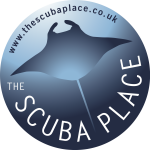 The Scuba Place designs and builds custom scuba diving holidays. With personal knowledge and experience diving in many of our destinations, there is no one better to help build your dream dive holiday. Come Dive with Us!
The Scuba Place designs and builds custom scuba diving holidays. With personal knowledge and experience diving in many of our destinations, there is no one better to help build your dream dive holiday. Come Dive with Us!
Call us at 020 3515 9955 or email at reservations@thescubaplace.co.uk
Find us at https://www.thescubaplace.co.uk
Facebook : https://www.facebook.com/thescubaplace
Instagram : https://www.instagram.com/the.scuba.place/
YouTube : https://www.youtube.com/channel/UCH684OdioYirI-zzdT58Ceg
Blogs
Heading out on the water this Summer? Watch for manatees
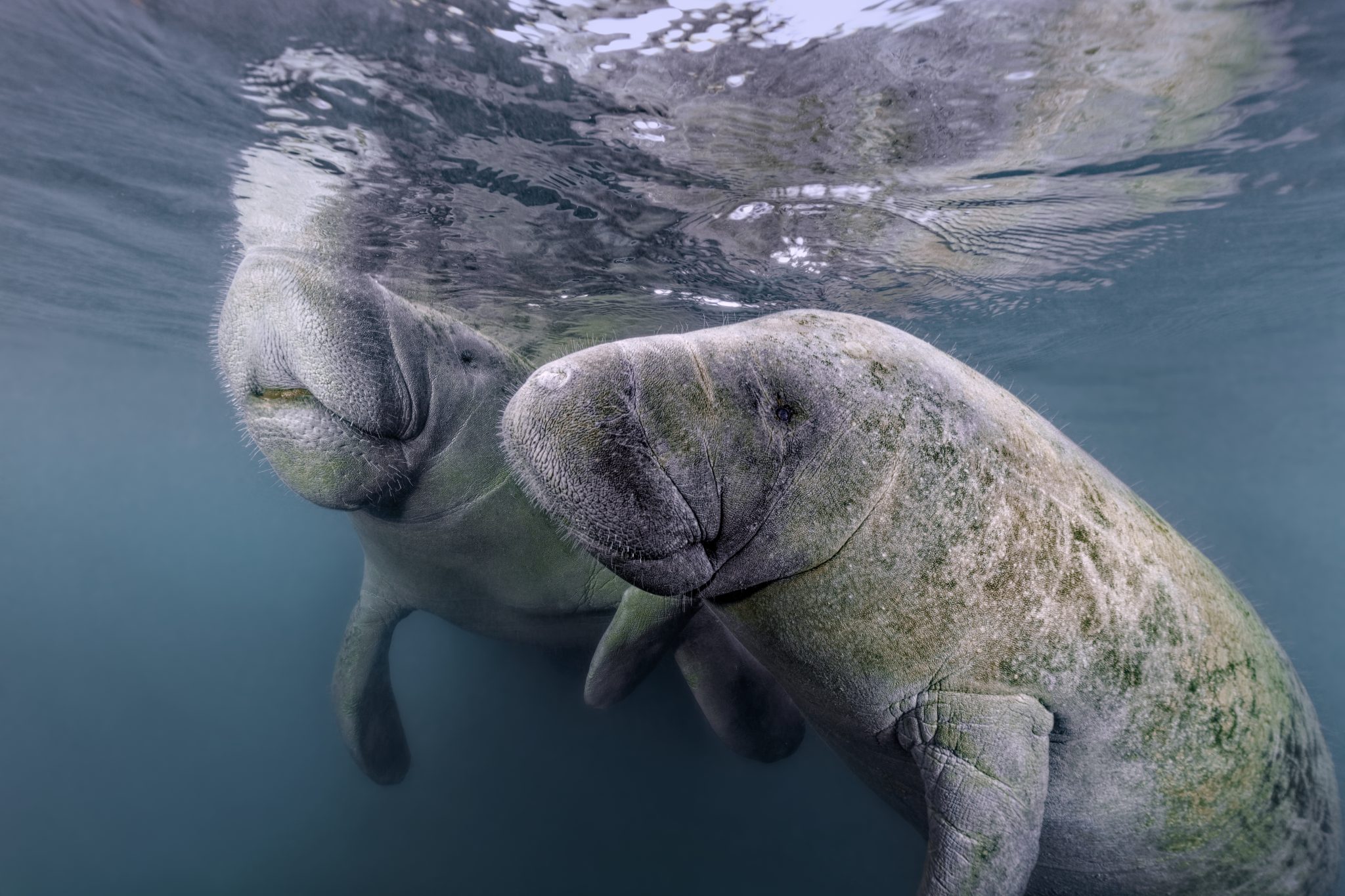
As National Safe Boating Week approaches, Save the Manatee® Club is urging boaters, and anyone that enjoys Florida’s waterways, to respect and protect the defenseless manatees that inhabit our shared waterways. From May 18 to 24, leading up to Memorial Day Weekend, the campaign aims to raise awareness about recreational boating safety and the importance of safeguarding imperiled manatees during the summer boating season. This week also emphasizes the importance of encouraging boaters to enroll in a boating safety course.
Manatees are semi-migratory marine mammals that are commonly found in shallow estuaries, bays, rivers, canals, and coastal areas throughout Florida and neighboring states. With some manatees venturing as far west as Texas and as far north as Massachusetts, collisions between these gentle giants and watercraft have become distressingly frequent. Boat propellers and high-speed collisions pose significant threats to manatees, often resulting in severe injuries or even death.
Save the Manatee Club is calling on all water enthusiasts to follow essential manatee safety tips to ensure the well-being of the imperiled manatee:
- Obey Speed Zone Signs: Familiarize yourself with and adhere to posted speed limits to prevent collisions with manatees.
- Reduce Glare with Polarized Sunglasses: Wear polarized sunglasses to enhance visibility and spot manatees below the water’s surface.
- Recognize Manatee Signs: Learn to identify signs of manatees in the area, such as swirls or flat spots on the water caused by their movements.
- Respect Manatee Sanctuaries: Keep a safe distance from posted manatee sanctuaries and avoid pursuing or harassing these marine mammals, as it is illegal and can disrupt their natural behaviors.
- Report Distressed Manatees: In Florida, promptly report distressed, injured, tagged, or orphaned manatees to the Florida Fish and Wildlife Conservation Commission (FWC) at 1-888-404-FWCC (3922). Outside of Florida, report sightings to the appropriate state agency or rescue organization. A list of agencies to contact is available at savethemanatee.org/report.
- Protect Seagrass Beds: Avoid boating over seagrass beds and shallow areas where manatees may be feeding. Stick to deep water channels while remaining vigilant, as manatees also utilize these channels during their travels.
- Dispose of Fishing Line Responsibly: Anglers should properly dispose of or recycle used fishing line to prevent entanglement hazards for manatees.
“Each year, National Safe Boating Week provides an excellent reminder for all of us to be aware that we share our waterways with vulnerable manatees,” emphasized Patrick Rose, Aquatic Biologist and Executive Director of Save the Manatee Club. “With the recent Unusual Mortality Event on Florida’s East Coast claiming an alarming number of manatees’ lives, it is more crucial than ever to prevent preventable deaths caused by watercraft collisions. By following manatee-safe boating guidelines, such as obeying speed zones and remaining vigilant for manatees, everyone on the water can contribute to the protection of these gentle giants.”
Save the Manatee Club offers a range of free materials to help safeguard manatees and raise awareness about manatee-safe boating practices. Shoreline property owners and park or marina managers can order aluminum dock signs to alert others about the presence of manatees in their areas. Boaters and paddlers can request packets containing a safety tips card, a waterproof boat banner, and a decal to display on their vessels, providing the number to report manatees in distress. To view and request these materials, visit savethemanatee.org/resources. Save the Manatee Club will also be hosting a live webinar for National Safe Boating Week on Tuesday, May 21st at 6pm EST. To register, visit savethemanatee.org/register.
Marine Life & Conservation Blogs
Book Review: Shells of the World

Shells of the World: A Natural History by M.G. Harasewych
Shells of the world is a guide to the world of marine, shelled molluscs. And what a varied and interesting world it is. Some of my favourite things to find on a dive are detailed in this book, including disco clams (or Electric File Clams as they are correctly names), the cephalopods, giant clams and sea hares. There are also many on my wish list, top of which is the Nautilus.
Each chapter provides a detailed description of the species, along with beautiful images. You can dive deeper and discover where they live, both with global distribution and the habitat they prefer. Learn about their diet, reproduction and diversity.
Having dipped in and out of this lovely book over the past few weeks, it has inspired me to learn more about this group of animals that we see on most divers, wherever we are in the world. Some of the shells are incredibly intricate and beautiful. I have always agreed with never collecting, or touching, marine life. The description of a certain set of cone shells should be a warning to those that are happy to pick up marine life! One of the cone shells has a local name called the cigarette snail. Why? Because once the venom is in your system from this animal, you only have time to smoke one cigarette before the affects of the venom are fatal!
What the publisher says:
Mollusks are invertebrate animals with a remarkable natural history and a rich fossil record, and their shells are prized for their breathtaking variety and exquisite beauty. Shells of the World provides a wide-ranging look at the incredible diversity of marine mollusks. An informative introduction outlines the lineages covered, followed by a directory section, split into classes, that profiles a broad selection of different taxa to give a sense of their sheer numbers and variety.
- Features hundreds of beautiful color photos, depicting both the live animals and their shells
- Discusses mollusk evolution, anatomy, life cycles, behavior, and ecology
- Describes unique characteristics, distribution, habitat, and size
- Provides valuable insights into the conservation of the world’s marine mollusks
- Ideal for malacologists and shell collectors everywhere
About the Author:
M. G. Harasewych is research zoologist emeritus and former curator in the Department of Invertebrate Zoology at the Smithsonian Institution’s National Museum of Natural History. A fellow of the American Association for the Advancement of Science, he is the author (with Fabio Moretzsohn) of The Book of Shells: A Life-Size Guide to Identifying and Classifying Six Hundred Seashells.
Book Details
Publisher: Princeton University Press
Hardcover
Price: £25
ISBN: 9780691248271
Published: 9th April, 2024
-

 Marine Life & Conservation Blogs3 months ago
Marine Life & Conservation Blogs3 months agoCreature Feature: Swell Sharks
-

 Gear Reviews4 weeks ago
Gear Reviews4 weeks agoGEAR REVIEW – Revolutionising Diving Comfort: The Sharkskin T2 Chillproof Suit
-

 Blogs2 months ago
Blogs2 months agoMurex Resorts: Passport to Paradise!
-

 Blogs3 months ago
Blogs3 months agoDiver Discovering Whale Skeletons Beneath Ice Judged World’s Best Underwater Photograph
-

 News3 months ago
News3 months agoPADI Teams Up with Wellness Brand Neuro to Drive Ocean Change and Create a Blue State of Mind
-

 Gear Reviews3 months ago
Gear Reviews3 months agoGear Review: Oceanic+ Dive Housing for iPhone
-

 Marine Life & Conservation2 months ago
Marine Life & Conservation2 months agoSave the Manatee Club launches brand new webcams at Silver Springs State Park, Florida
-

 Blogs2 months ago
Blogs2 months agoSeagrass Awareness Month brings critical food source for Manatees to centre stage


